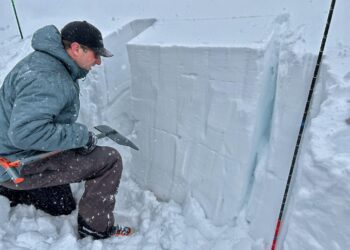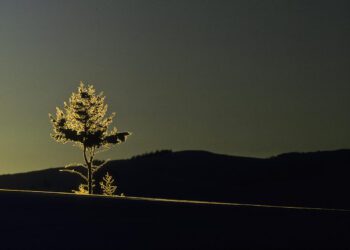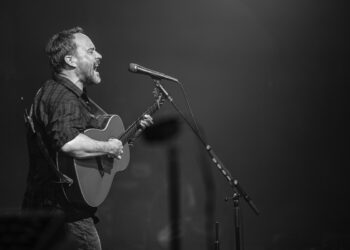By Ian Hoyer EBS Contributor
Whether backcountry skiing, snowmobiling or snowshoeing, safely enjoying the backcountry requires planning, preparation and paying attention, not hours spent analyzing snow crystals or a graduate degree in snow science. Simple techniques can dramatically improve your odds of staying safe—no magnifying lenses or thermometers required.
To get started, identifying avalanche terrain is the most important safety skill to learn. If your goal is snowshoeing or cross-country skiing in the flats, avoiding avalanche terrain is all you need to know about avalanches. If you can identify and avoid slopes steeper than 30 degrees and the runouts beneath them, you don’t need to worry, as an hourlong avalanche awareness course will teach you how to confidently identify avalanche terrain. You can find a list of local courses at mtavalanche.com/education.
If you want to get onto steeper slopes (or near them), knowing a bit more about snow conditions, a few safe travel techniques and how to be prepared for an avalanche rescue is very important.
Reading the avalanche advisory every day is a small time commitment that could save your life. The avalanche advisory will tell you how dangerous conditions are that day, and which slopes to particularly watch out for. Reading the forecast, even when you aren’t going into the backcountry, can help you stay informed about conditions and keep a good perspective for the days you do head out. The forecast for Southwest Montana can be found at mtavalanche.com.
Once you are out, keep an eye out for signs of instability and be ready to amend plans if needed. If you see recent avalanches or the snowpack collapses under you (sometimes accompanied by a “whumpfing” sound), avoid all steep slopes for the rest of the day.
If something goes wrong, having a partner with the right gear and training who you can trust is essential. If someone is buried by an avalanche, their best chance for survival includes being dug out in the first 15 minutes.
For an efficient and effective rescue, both you and your partner should carry and practice with avalanche rescue gear: an avalanche transceiver, a shovel and an avalanche probe. There are many other useful things to carry in the backcountry, but these are the holy trinity—never leave home without them. This gear is only useful if you know how to use it. Practice at least a couple times a season and make sure your partners do as well.
To avoid both you and your partner being buried by an avalanche with no one to do a rescue, only expose one person at a time to steep slopes. This means skiing or riding one a time while your partner watches from a safe spot, and pick uphill travel routes that minimize exposure to avalanche terrain.
A little bit of knowledge can make a big difference when consistently applied. While there is lots more to learn about avalanche safety, following these simple lessons will put you on a good path towards safely enjoying the backcountry.
Ian Hoyer has been with the Gallatin National Forest Avalanche Center since 2018 and earned his master’s from Montana State University with a focus on snow science.











